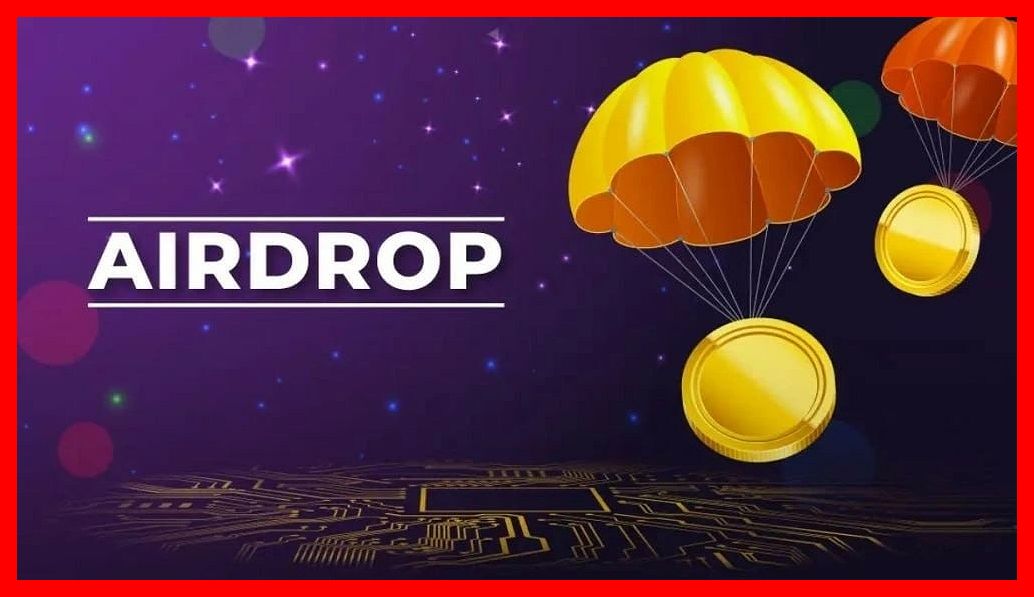“The German regulator presented a framework for tokenized securities relatively early.”
“The German regulator presented a framework for tokenized securities relatively early.”
 Sebastian Liebscher. Image rights completely at Sebastian Liebscher, use for this article.
Sebastian Liebscher. Image rights completely at Sebastian Liebscher, use for this article.
With the electronic securities law, Germany has created the legal foundations for “crypto value papers”. Because there is still a lot of confusion about this type of financial products, we spoke to a consultant who specializes in the topic.
Sebastian Liebscher, 33 years old, lives in Munich and advises his company Finplanet regulated financial service providers and fintechs in building DLT-based capital market infrastructures.
Previously, Sebastian built the digital banking area at the Heydt banking house as an authorized place. After a short stopover at a Frankfurt real estate asset manager, who had recruited him and his colleague Maximilian Ludwig, they then started independently with Finplanet.
He also deals with cryptocalpapers, a legal form that has only existed in Germany so far. We took the opportunity to ask him all the questions that have been plagued by us for a long time.
Hello Sebastian, let’s start with one sentence into the cold water. You advise customers to electronically emit securities instead of physically. With the EWPG, this is now legally possible, either as electronic security or as crypto value paper. What is the difference?
In both cases, documents are digitally represented, which replaces the previously necessary physical global certificate. That is the commonality.
A central register for electronic securities can also have a celearic stream itself in addition to a securities collection bench like Clearstream. She doesn’t even need a new license. You could even technically drive the central register on the blockchain.
In the case of crypto value paper, on the other hand, a crypto value paper register as a licensed financial service provider is necessary. Here securities are published as tokens, which promises various advantages: for example, efficiency advantages in middle and back office activities, higher liquidity through fractionalization, etc. If you think the whole thing a little further, the DLT pilot regime can also take place in DLT-based. This also changes the current value chain in the second market and roles are redistributed. However, it is important that a tokenized euro is the basis for actually being able to use the efficiency advantages.
What would all of this mean for customers and companies?
In the medium to long term, automation can be saved by automation via smart contracts. For example, corporate actions such as interest payments can be triggered by a smart contract in the future. If you think the whole thing even further, the Smart Contract could pay the capital gains tax to the state. For the reception, the tax office would of course also need a wallet.
With crypto value papers, Delivery VS Payment will collapse in the future and can take place in real time. So you no longer need a securities collecting bank. In the area of securities and repo shops, the tokenization of the collateral can also lead. So the collateral can change the owner in real time without having to integrate depot banks, as is traditionally the case. The possibilities are not limited. Depending on the company concerned, effects can of course be different.
That sounds good. But the securities trade is not already very cheap for the consumer today, sometimes even almost free of charge? Do not make yourself a huge effort with crypto value papers to get the last few percent out?
As already mentioned, it is in the end a question of the perspective. I think it is clear that a DLT-based capital market infrastructure has the potential to save internal costs and efforts. Brokers, which customers’ trade very cheaply today, either have a higher margin or pass on any cost advantages to their customers. We cannot say whether the end customer has something of crypto value papers in the end. We only say that companies definitely save costs, especially when the complexity of transactions increases, for example in foreign trade.
Do you think that something new is created instead of just saving costs? About new securities classes?
Yes, through the new technology and the incoming efficiency advantages, the market entry barriers decrease for issuers. An issuer can run positively in the future with significantly lower emission volume. As a result, asset classes that have been pooled in the old world for the time being can be offered individually. I see the future in such a way that I can invest directly in all assets. If, for example, a charging station for electric cars is set up around the corner for me, and I see great potential in the load due to the location, then I take pictures of the QR code and draw a token that embodies me of profit claims on this special charging station. Provided all regulatory hurdles such as KYC etc. are fulfilled. If I now also have tokenate money, I can get real -time distributions due to the efficiency, depending on how much has been loaded.
The approach that the legislature has chosen here is the electronic securities law with the regulation for cryptocalpapier directors. How do you estimate that?
Overall very post. The German regulator presented a framework for tokenized securities relatively early and thus created a basis for the financial market to use the new technology legally securely. However, there are differences to the laws at EU level. So far, the German EWPG only allows entertainers and fund shares as crypto value paper. Shares will follow with the Future Financing Act. In the EU, on the other hand, DLT financial instruments, as shares, funds and bonds with certain hurdles. Here one speaks of so -called frictions in the right.
In order for crypto value papers to exploit their potential, they must be scaled and connected to a digital euro. Until then, it is still a fairly far away with many obstacles. Do you think we’ll ever arrive?
Clearly, yes! Laws are already there. Proofs of Concept were built. The next stage is to build scalable solutions. This is certainly the most challenging, albeit due to the experience already gathered. You need a stable coin now, and other providers who create trust. That will probably take some time. But nothing speaks against it today.
How high is the demand among companies?
Relatively large. In almost all large banks there are working groups that build or have already built know -how. They deal with DLT-based capital market infrastructures and their potentially future strategic role. On the demand side, managers and asset managers in capital management companies and asset, you currently hardly have the topic on the umbrella. There you should also start thinking about how e.g. Whether it is worth becoming a crypto value paper register leader.
There are already the first companies that operate as crypotic value paper directors. What do you learn from it?
A problem that shows up is connectivity. If a bank offers its customers crypto value papers, she needs a crypto value paper leader. If I am now acting against other market participants than bank, then they must also be connected to a crypto value paper leader. In other words, the connectivity of the crypto value paper register guides and the custodian banks is a current challenge. I like to compare it to e-cars: they can already be emitted without any problems today. But to drive long distances with my car, I have to load it and need the infrastructure. The same with crypto value paper. So that it can be successfully conveyed through distribution channels, I need the infrastructure. The first providers are currently forming to specialize in this connectivity.
Which technologies are currently most interesting?
At the moment I would say that polygon is very strong and prevails, but other approaches and ideas are also circulating. Swiat, for example, builds on a private chain because you see regulatory risks at a side cechain such as polygon. In the end, solutions that create connectivity are also required here. Technology can develop further. New chains can arise and have sector -specific advantages. These must be able to speak with each other.
While the crypto value papers are currently starting, tokenized values with defi are already massive. Financial institutions are already playing with. Build the DLT regime and EWPG past the market?
I would say no. You need an supervision and it needs a contact person who can be liable. Therefore, the regulator requires central counter parties that can use decentralized blockchains. To bring just one example: The ICO market was an insignificant fraction of the market compared to the global volume of securities. Many have lost a lot of money from the unregulated ICOs. If this had now occurred with a significant market volume, then you would have quickly received an economic problem. A regulatory legal framework is therefore a prerequisite for a functioning financial market. The worst thing that can happen is when people lose trust.
So do you think that EWPG and DLT regime will be able to eat defi when you scale?
I think the operators or users of Defi will have to submit to the regulation. You will adapt and also have to consider requirements. At least in Europe, the Defi landscape will change significantly, and other countries will have to follow in order to achieve European customers.
The EU can even dictate the rules? Tether, for example, became huge because the editors do not pay attention to any rules, and the EU seems to be powerless ..
Rules must always react to the market. Of course, the EU cannot impose unrealistic rules. But it will specify rules and the market will have to be based on them.









